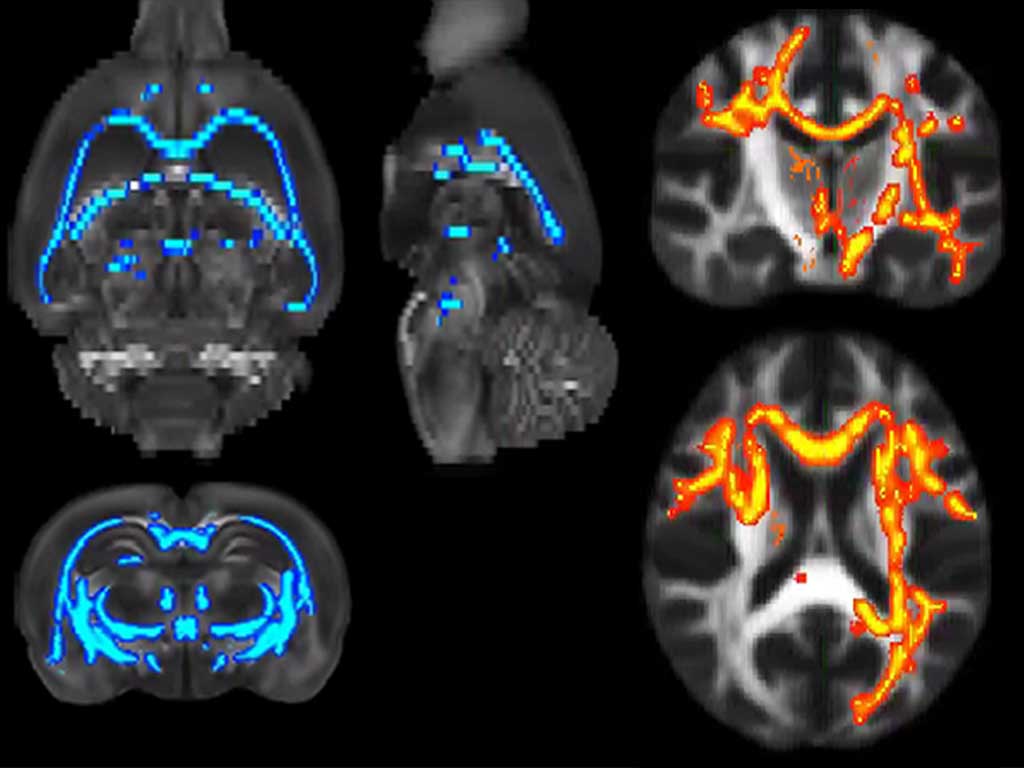Widespread Vestibular Activation of the Rodent Cortex
Much of our understanding of the neuronal mechanisms of spatial navigation is derived from chronic recordings in rodents where head-direction, place and grid cells have all been described. Yet despite the proposed importance of self-reference information to these internal representations of space, their congruence with vestibular signaling – at the level of higher order cortical areas – has not been established. Here we have undertaken whole-brain functional mapping using both fMRI and electrophysiological methods to determine the extent and strength of vestibular signaling across the rat forebrain. We find distributed activity throughout thalamic, limbic and particularly primary sensory cortical areas in addition to known head-direction pathways. We also observe activation of frontal regions including infralimbic and cingulate cortices indicating integration of vestibular information throughout functionally diverse cortical regions. These whole-brain activity maps therefore suggest a widespread contribution of vestibular signaling to a self-centered framework for multimodal sensory-motor integration in support of movement planning, execution, spatial navigation and autonomic responses to gravito-inertial changes.

 English
English
